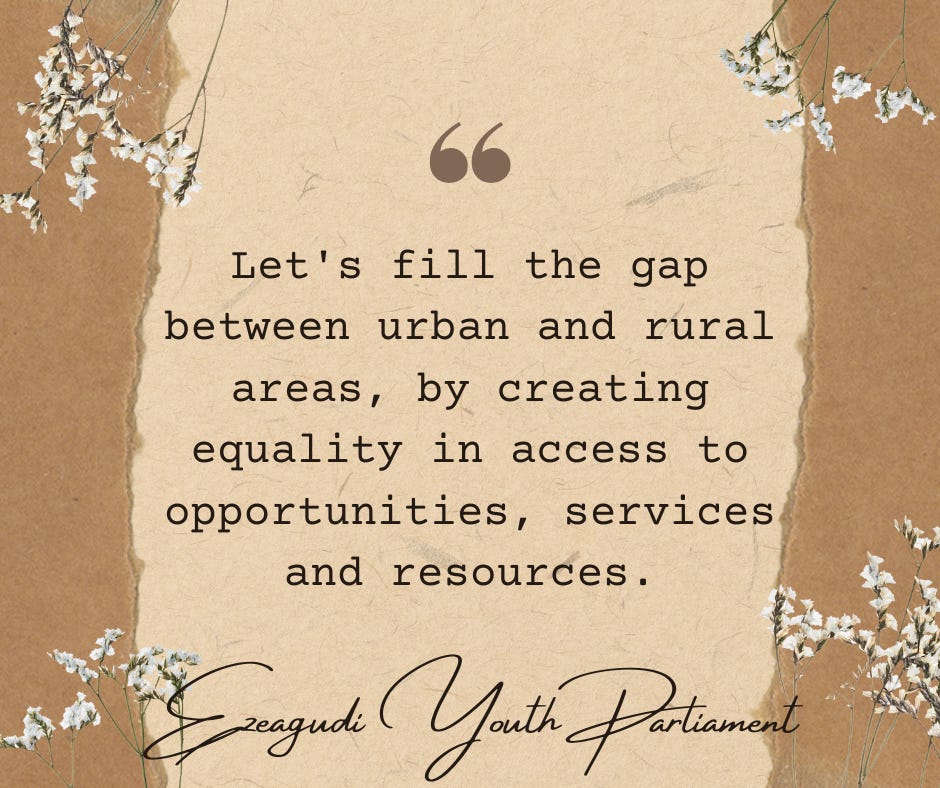Bridging the urban-rural divide
How urban digital transformation can create a win-win situation for cities and rural areas.
By: Freedom Chimereze
Urban digital transformation: bridging the urban-rural divide.
The urban-rural divide is one of the most persistent and pervasive challenges of our time. According to the United Nations, more than half of the world's population lives in urban areas, and this proportion is expected to increase to 68% by 2050. While urbanization can bring economic and social benefits, it can also widen the gap between urban and rural areas, creating inequalities in access to opportunities, services and resources.
However, urbanization does not have to be a zero-sum game. Urban digital transformation, the process of using digital technologies to improve the efficiency, effectiveness and inclusiveness of urban systems and services, can also have positive spillover effects on rural development and territorial integration. By building positive urban-rural linkages that are mutually beneficial for cities and their territories, urban digital transformation can create a more balanced and harmonious relationship between urban and rural areas.
One of the key aspects of urban digital transformation is connectivity. Connectivity enables the exchange of information, knowledge, goods and services between urban and rural areas, reducing transaction costs, enhancing market access and fostering innovation. Connectivity also enables financial inclusion, allowing rural populations to access digital financial services such as mobile banking, payments and insurance. Furthermore, connectivity enables access to education and health services, improving the human capital and well-being of rural communities.
Another key aspect of urban digital transformation is resilience. Resilience refers to the ability of urban and rural systems to cope with and recover from shocks and stresses, such as natural disasters, pandemics, conflicts and climate change. Urban digital transformation can enhance resilience by providing digital access to agricultural extension services, market information, weather forecasts and climate early warning systems. These services can help farmers adapt their practices, increase their productivity and income, reduce their losses and risks, and protect their livelihoods.
Urban digital transformation is not only a technical process, but also a social and political one. It requires the participation and collaboration of multiple stakeholders, such as governments, private sector, civil society, academia and international organizations. It also requires a holistic and integrated approach that considers the interdependencies and synergies between urban and rural areas, as well as the potential trade-offs and conflicts. Urban digital transformation should be guided by a vision that is inclusive, sustainable and people centered.
Urban digital transformation can be a powerful tool to bridge the urban-rural divide and create a more prosperous future for all. By enhancing the positive connections between cities and their territories, urban digital transformation can benefit both urban and rural populations, creating a virtuous cycle of development and integration. Urban digital transformation can also help achieve the Sustainable Development Goals (SDGs), especially SDG 11 on sustainable cities and communities, SDG 8 on decent work and economic growth, SDG 9 on industry, innovation and infrastructure, SDG 10 on reduced inequalities, SDG 13 on climate action, and SDG 17 on partnerships for the goals.




